Supervisors Sound Alarm As Gray Wolves Invade Rural Life
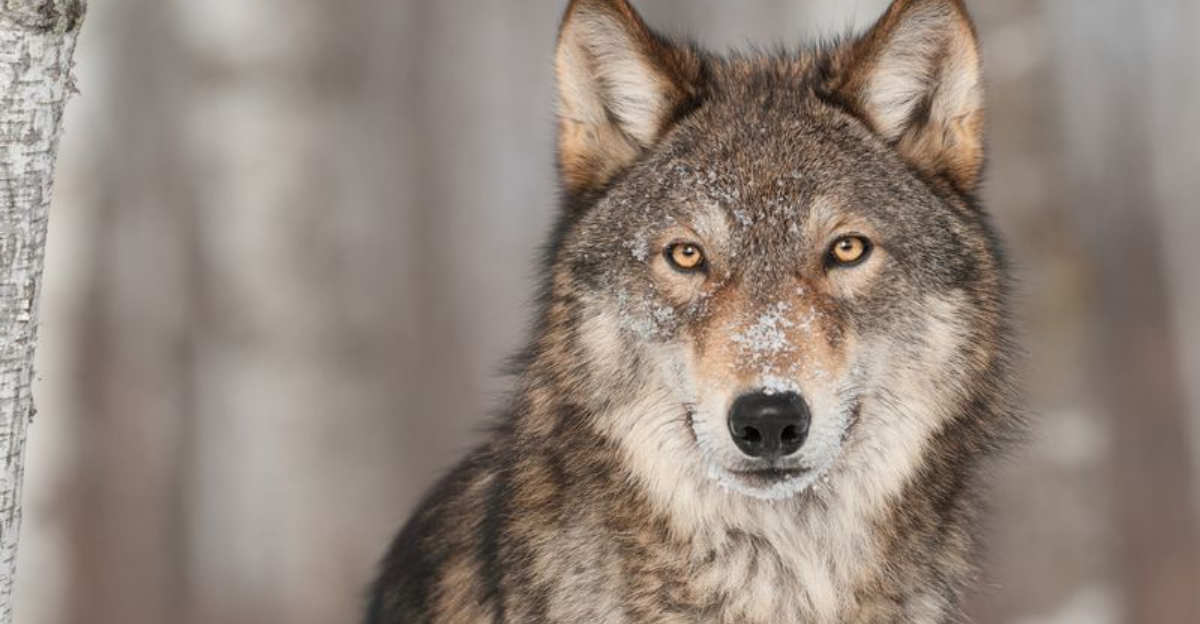
Wild gray wolves are making a comeback across rural America, but not everyone’s rolling out the welcome mat. County supervisors and ranchers are raising red flags as these predators venture closer to farms, homes, and livestock.
The situation has sparked heated debates between wildlife conservationists and rural communities over how to balance protection with safety.
1. Counties Declare Emergency Over Wolf Activity
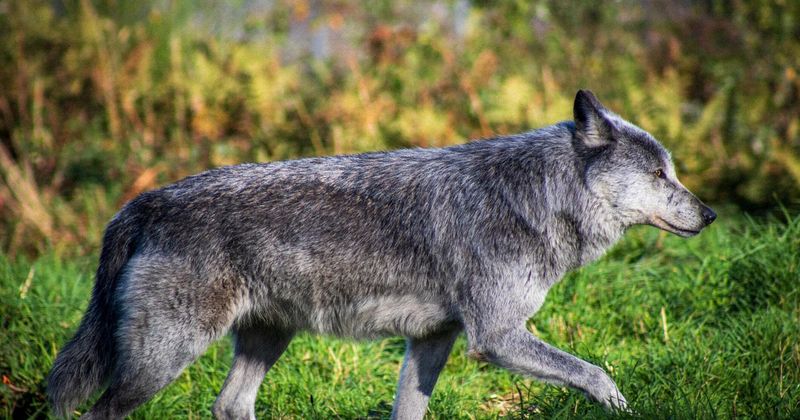
Rural officials aren’t waiting around anymore. Several counties have formally declared states of emergency due to increasing wolf encounters.
These declarations unlock resources and draw attention to the crisis. For local governments, it’s a desperate move after feeling their concerns have fallen on deaf ears at state and federal levels.
2. Livestock Losses Trigger Outcry From Ranchers

Morning discovery of mutilated cattle has become an all-too-common nightmare for ranchers. Financial losses mount quickly when wolves target herds.
Beyond the immediate economic impact, there’s the emotional toll of finding animals they’ve raised from birth torn apart. Many ranchers report feeling helpless under current regulations that limit how they can protect their livelihood.
3. Wolves Spotted Closer to Homes Than Ever Before
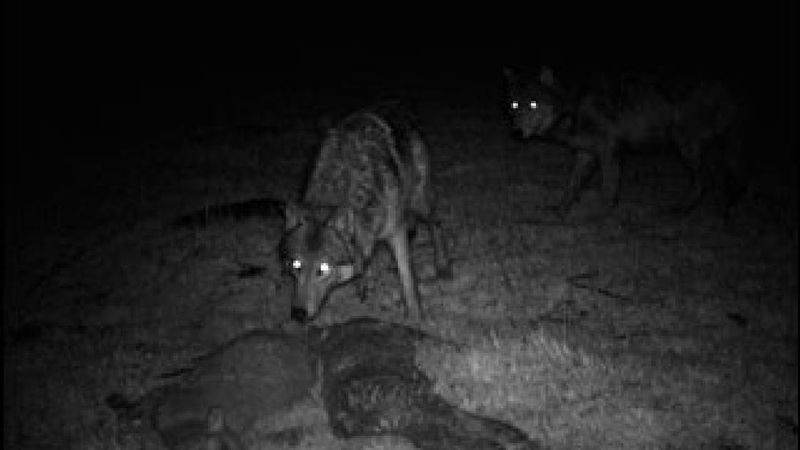
Backyard sightings have shattered the notion that wolves stick to remote wilderness. Trail cameras capture these predators prowling near residential areas under the cover of darkness.
Experts attribute this bold behavior to shrinking habitats and growing wolf populations. For families with young children and pets, these close encounters transform everyday activities like checking the mail into moments of heightened vigilance.
4. Public Safety Concerns Rise With Wolf Encounters
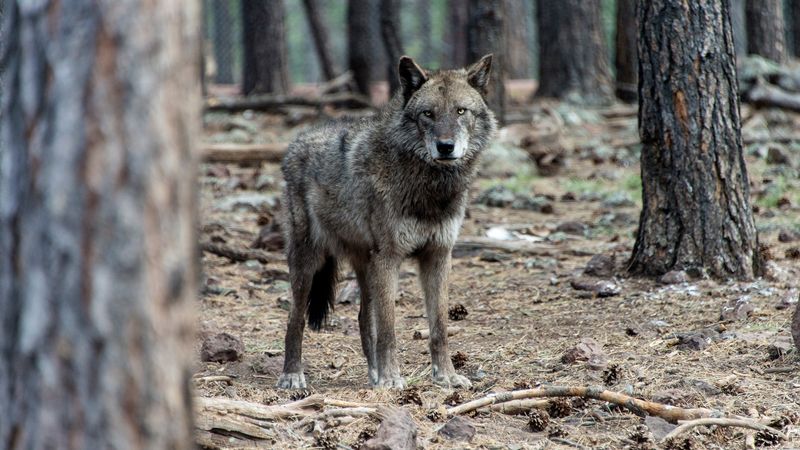
School bus stops in wolf territory have parents on edge. While attacks on humans remain extremely rare, the psychological impact is undeniable.
Communities are developing new safety protocols, including wolf awareness training for children. Rural residents describe a fundamental shift in how they experience outdoor spaces that were once taken for granted as safe.
5. Shasta And Modoc Counties Lead The Call For Help
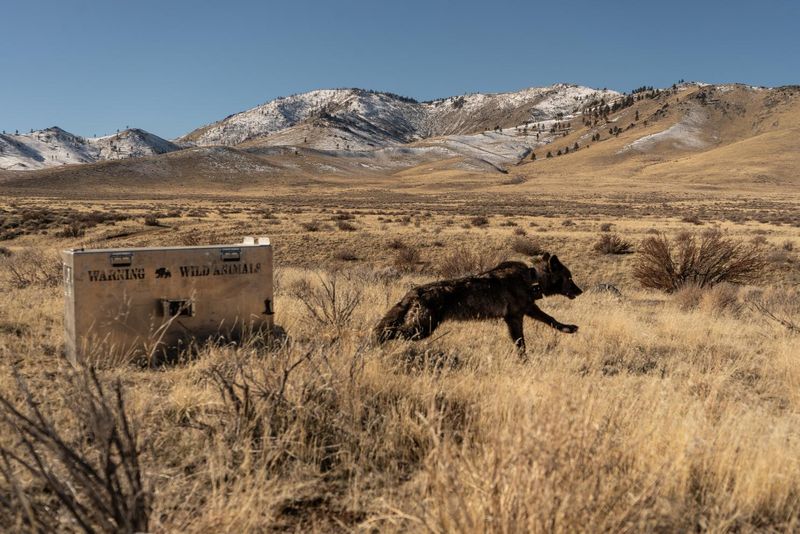
Northern California’s rugged landscapes have become ground zero for wolf conflicts. These counties were among the first to document established wolf packs returning after decades of absence.
Local officials have compiled detailed incident reports and presented them to state authorities. Their frustration stems from feeling that urban-dominated legislatures don’t grasp the daily realities of sharing space with apex predators.
6. Ranchers Report Escalating Wolf Attacks
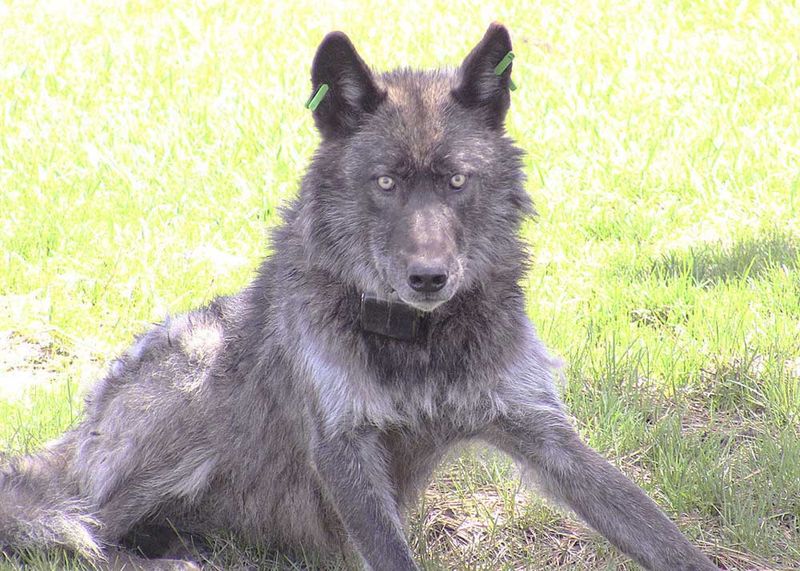
Wolves aren’t just taking more livestock – they’re getting bolder. Ranchers describe predators that no longer flee when humans approach, a worrying behavioral change.
Nighttime attacks have evolved into brazen daylight hunts. This escalation forces ranchers to invest in costly protective measures like guard dogs, electric fencing, and round-the-clock monitoring systems that strain already tight agricultural budgets.
7. Wildlife Protection Laws Clash With Rural Needs

Federal protections create a legal maze that frustrates locals. The Endangered Species Act shields wolves in some regions while state regulations govern others.
This patchwork of rules often ties ranchers’ hands when immediate action is needed. The resulting tension highlights the disconnect between conservation policies crafted in distant capitals and the practical challenges of rural life.
8. Supervisors Demand Swift State-Level Action
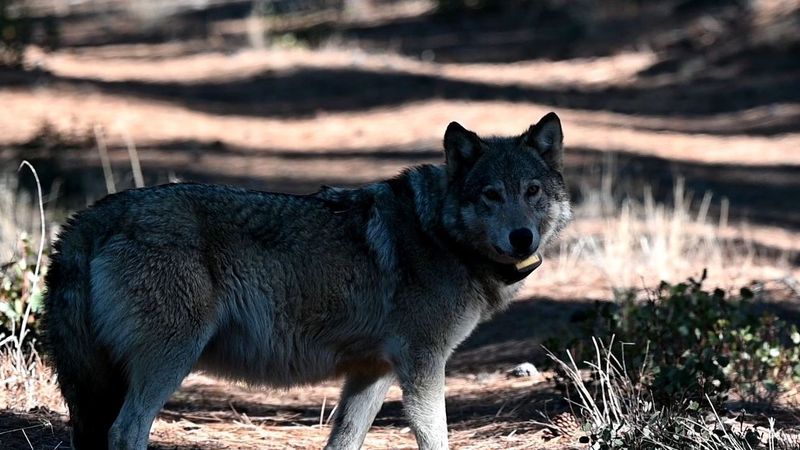
Patience has worn paper-thin at county meetings. Elected supervisors are bypassing traditional channels to demand governor-level intervention in the wolf crisis.
Their unified message emphasizes that rural communities cannot bear this burden alone. These local leaders push for emergency funding, expanded management options, and compensation programs that actually reflect the true cost of livestock losses.
9. Conservationists Urge Balanced Approach To Wolves
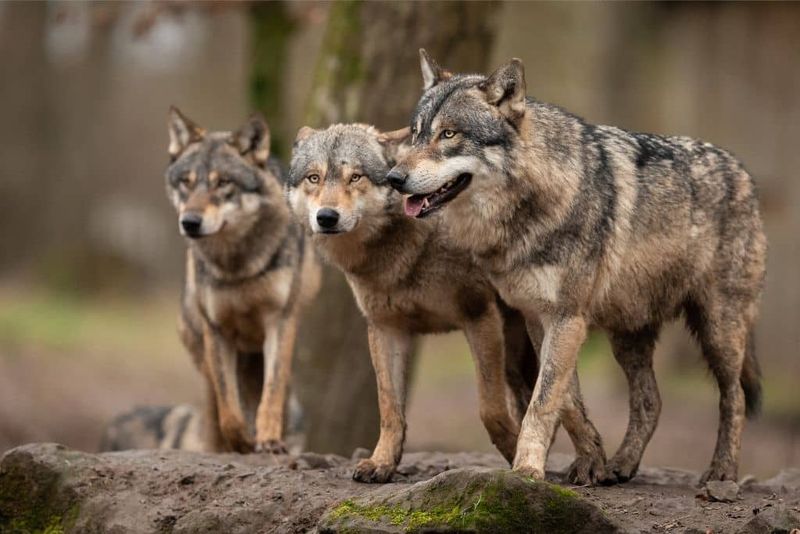
Not everyone sees wolves as the villain in this story. Wildlife advocates emphasize the ecological benefits these predators bring to natural systems by controlling deer and elk populations.
They propose middle-ground solutions like improved compensation programs and non-lethal deterrents. Their vision includes coexistence strategies that have shown promise in other regions where humans and wolves share landscapes.
10. Historic Predator Returns With Modern Challenges
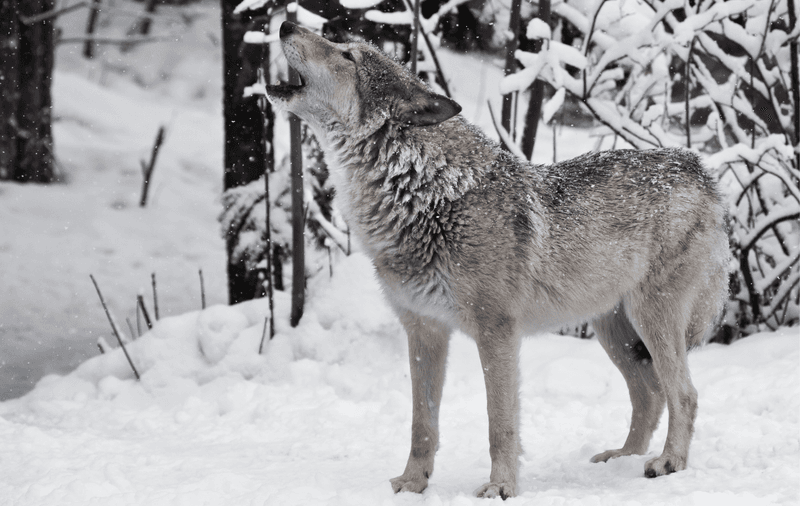
Gray wolves once roamed freely across North America before being nearly eradicated. Their comeback story represents both conservation success and management failure.
Today’s conflicts play out in landscapes transformed by human development. Modern wolves must navigate highways, suburbs, and industrial zones that didn’t exist when their ancestors ruled these territories, creating entirely new types of human-wildlife interactions.
11. Residents Fear For Pets And Property
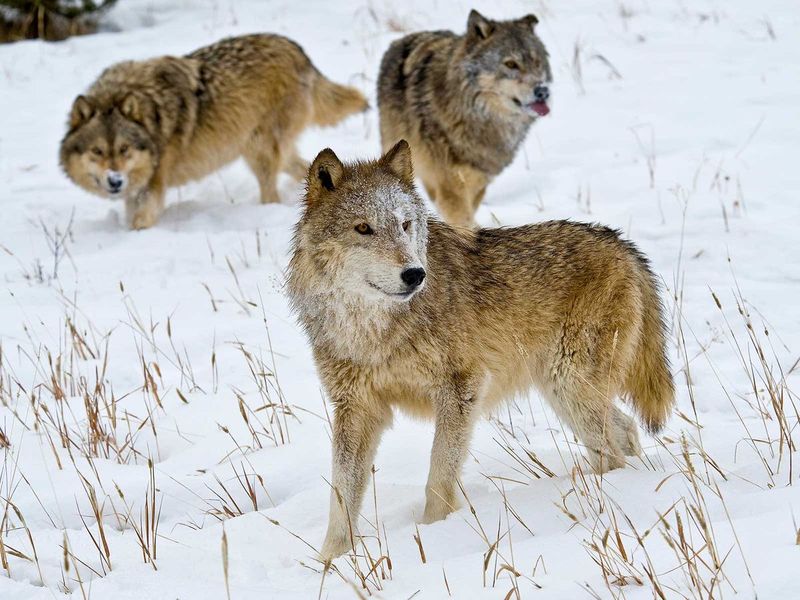
Beloved family dogs have vanished from rural yards. Small livestock like chickens and goats disappear overnight, leaving only tracks and trauma behind.
These losses strike at the heart of rural identity, where animals are both companions and livelihood. Community social media groups buzz with warnings and sightings, creating a constant undercurrent of anxiety that transforms daily routines.
12. State Officials Face Pressure To Step In

Wildlife agencies find themselves caught in the crossfire. Career biologists trained to protect endangered species now face angry crowds at public forums demanding wolf population control.
These agencies struggle with limited budgets and staffing while being asked to solve escalating conflicts. The political pressure has forced some states to develop new wolf management plans that give local authorities more flexibility in addressing problem animals.
13. Long-Term Solutions Remain Unclear Amid Tensions

Quick fixes won’t solve this complex issue. Both sides recognize the need for sustainable approaches that balance ecological health with human safety and livelihoods.
Proposed solutions range from designated wolf zones to expanded hunting seasons in problem areas. The path forward requires difficult conversations about values, science, and the future of rural landscapes in a changing world.
14. The Growing Divide Between Urban And Rural Priorities
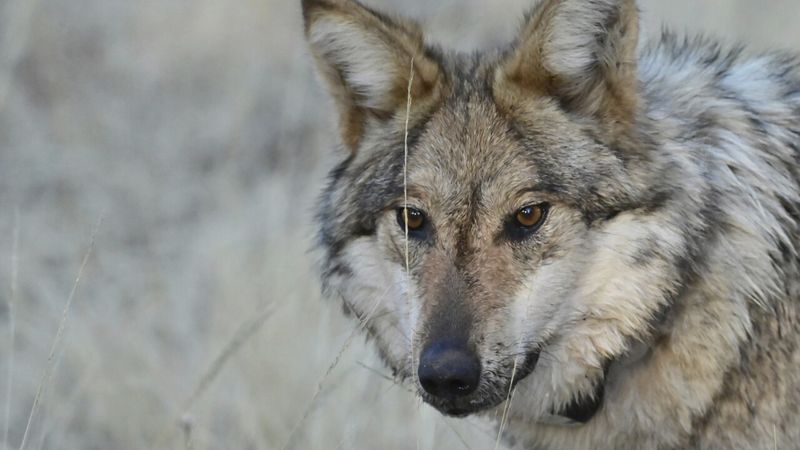
Wolf controversies expose America’s deepening rural-urban divide. City dwellers often romanticize predator recovery while remaining insulated from its consequences.
Rural communities feel their practical concerns are dismissed as backward or anti-environment. This cultural disconnect extends beyond wolves to broader questions about who decides how rural landscapes are managed and which values take precedence in environmental policy.






